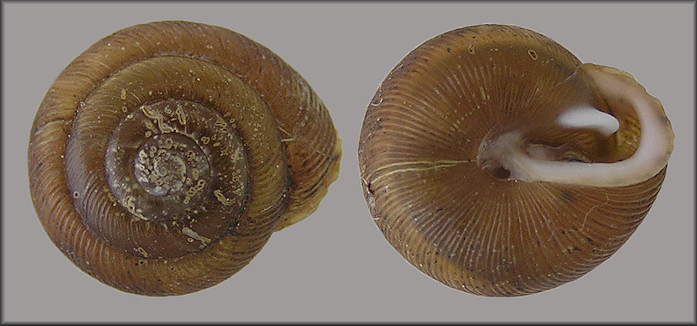Nutrition
Land snails are known to feed on a variety of food sources including
fungi, lichens, plant leaves, decaying vegetation, wood or bark, and even
the empty shells of other land snails (Dourson, 2010). Since they do not eat
meat, they are considered herbivores (Hickman et al. 2009).
A snail will find food by using its incredible sense of smell. When a snail discovers its food, it first touches it with its foot and mouth (Hickman et al. 2009). It then uses a radula structure, or a rough tongue-like structure found in the mouth, to scrape bits of the food (Hickman et al. 2009). The food is swallowed and moved along the esophageal tract via muscular contractions. Feeding can last only a few minutes or up to an hour, depending on the type of food being digested.
Land snails in particular need to consume calcium carbonate for their bodily functions, reproduction, and to build their shells. The main reason why snails eat off of the empty shells of other snails is to obtain the calcium carbonate from those shells (Dourson, 2010).

Snails are also food for predators. To find out if these land snails are
threatened or endangered because of their predators or other factors, go to
the conservation page, or head back to the
home page.